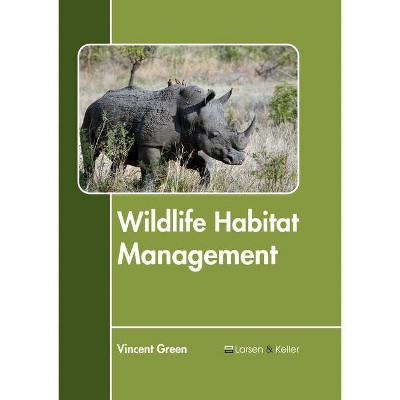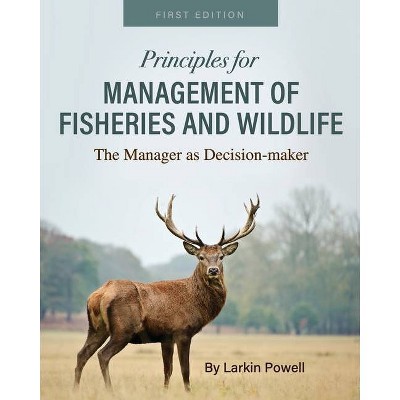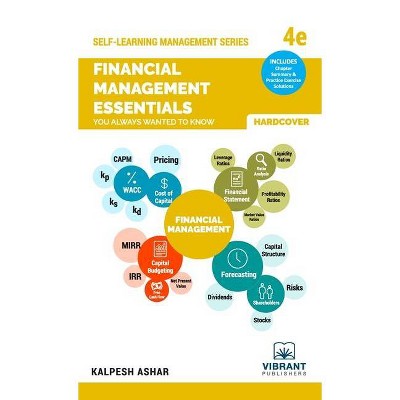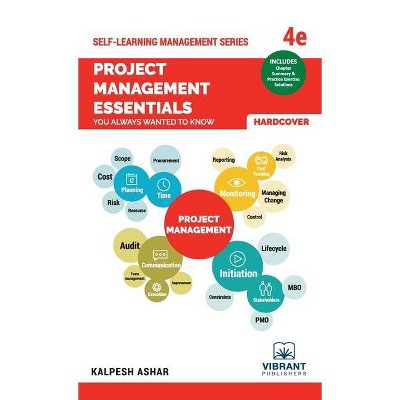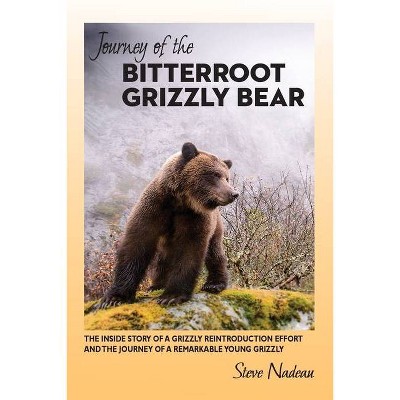Essentials of Wildlife Management - by Elian Massey (Hardcover)
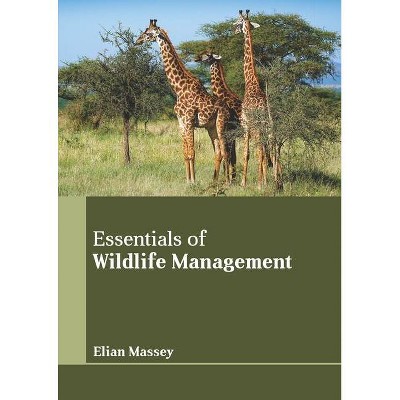
Similar Products
Products of same category from the store
AllProduct info
<p/><br></br><p><b> About the Book </b></p></br></br>The field of wildlife management is concerned with wildlife conservation, pest control and game keeping. It strives to prevent the biodiversity loss of the Earth by incorporating the ecological principles of succession, disturbance and carrying capacity. The study of environmental conditions like pedology, physical geography and hydrology are significant for balancing the needs of wildlife with the needs of people. Wildlife management can be manipulative or custodial. Manipulative management strives to influence the population of a wildlife species directly or by altering habitat, density of predators, food supply or prevalence of disease. Custodial management is always preventive and protective. The factors that influence wildlife and their habitats are minimized. Reforestation, nitrification and denitrification, hedge laying, coppicing, etc. are important techniques of this field. This book is a compilation of chapters that discuss the most vital concepts in this field. It attempts to understand the multiple branches that fall under the discipline of wildlife management and how such concepts have practical applications. Those in search of information to further their knowledge of wildlife management will be greatly assisted by this textbook.<p/><br></br><p><b> Book Synopsis </b></p></br></br>The field of wildlife management is concerned with wildlife conservation, pest control and game keeping. It strives to prevent the biodiversity loss of the Earth by incorporating the ecological principles of succession, disturbance and carrying capacity. The study of environmental conditions like pedology, physical geography and hydrology are significant for balancing the needs of wildlife with the needs of people. Wildlife management can be manipulative or custodial. Manipulative management strives to influence the population of a wildlife species directly or by altering habitat, density of predators, food supply or prevalence of disease. Custodial management is always preventive and protective. The factors that influence wildlife and their habitats are minimized. Reforestation, nitrification and denitrification, hedge laying, coppicing, etc. are important techniques of this field. This book is a compilation of chapters that discuss the most vital concepts in this field. It attempts to understand the multiple branches that fall under the discipline of wildlife management and how such concepts have practical applications. Those in search of information to further their knowledge of wildlife management will be greatly assisted by this textbook.
Price History
Price Archive shows prices from various stores, lets you see history and find the cheapest. There is no actual sale on the website. For all support, inquiry and suggestion messagescommunication@pricearchive.us
